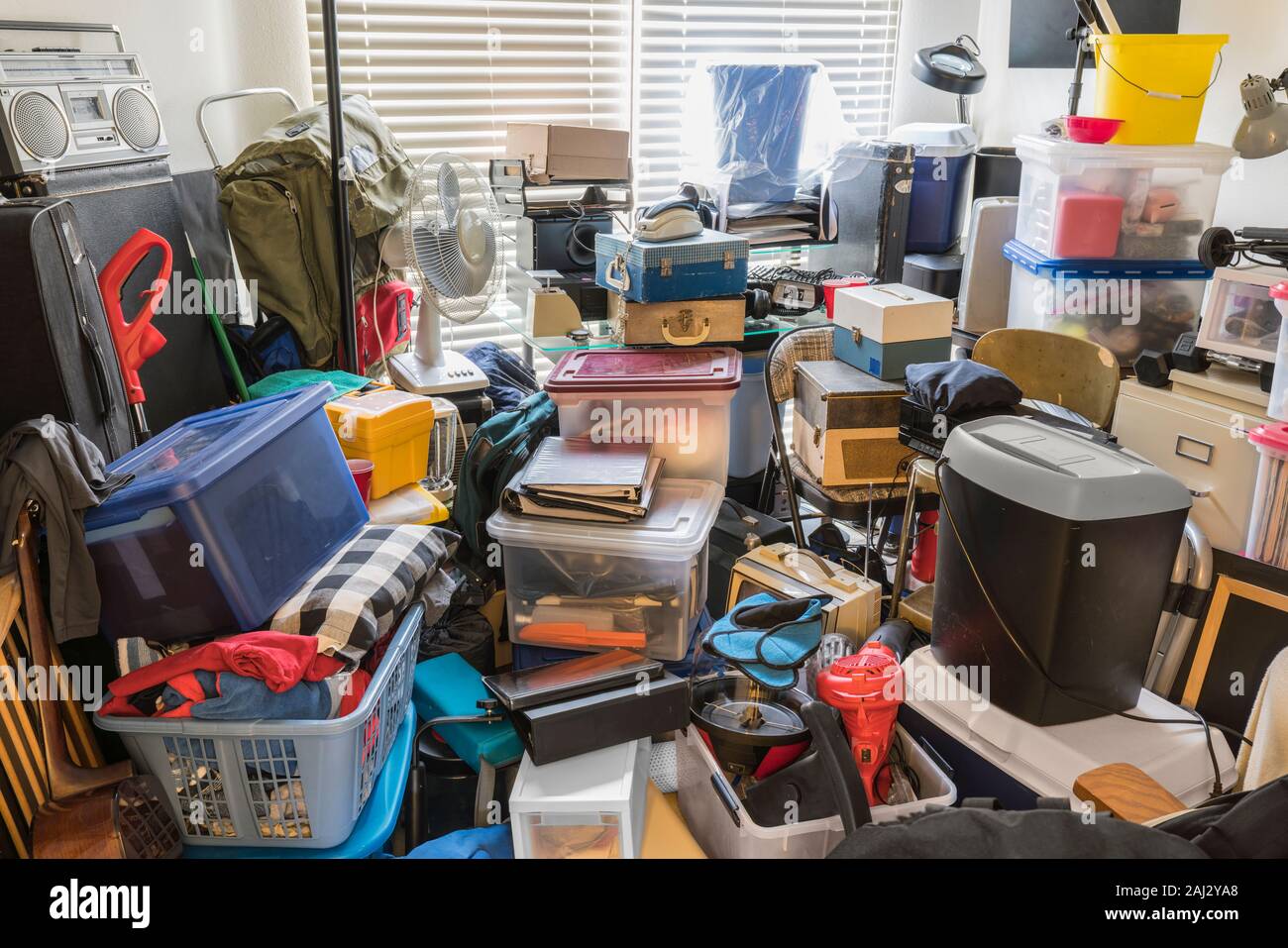Understanding Bedroom Hoarder: A Comprehensive Guide To Tackling Clutter
Living with a bedroom hoarder can be overwhelming, but it’s not an unsolvable problem. Whether it’s you or someone in your household struggling with clutter, understanding the psychology behind hoarding and learning practical strategies to address it can make a significant difference in your quality of life. Bedroom hoarding affects mental health, relationships, and overall well-being, making it crucial to address.
Clutter isn’t just about untidiness; it often stems from deeper emotional and psychological issues. For many individuals, their bedroom becomes a sanctuary, but when it becomes overwhelmed with excessive items, it can lead to stress and anxiety. In this article, we’ll explore what causes bedroom hoarding and provide actionable steps to help you or your loved ones regain control over your living space.
Our goal is to equip you with knowledge, tools, and resources to manage bedroom hoarding effectively. By understanding the root causes and implementing practical solutions, you can transform your bedroom into a peaceful, functional space that promotes relaxation and well-being.
Read also:Trey Gowdys Ears The Curious Fascination And Its Impact
What is Bedroom Hoarding?
Bedroom hoarding refers to the accumulation of excessive items in a bedroom, often to the point where the space becomes unlivable. Unlike general clutter, hoarding involves holding onto items even when they have no practical use or value. This behavior can stem from emotional attachment, fear of waste, or difficulty in making decisions about possessions.
According to the American Psychiatric Association, hoarding disorder affects approximately 2-6% of the population. While it may seem like a simple issue of disorganization, bedroom hoarding often indicates deeper psychological struggles. Recognizing the signs early can prevent the situation from worsening and improve mental health outcomes.
Causes of Bedroom Hoarding
Emotional Attachment to Possessions
Many bedroom hoarders struggle with letting go of items because they associate them with memories or emotions. This emotional attachment can make it difficult to declutter, as each item carries sentimental value. For example, keeping old clothes or gifts from loved ones may provide comfort, but it can quickly lead to overwhelming clutter.
Fear of Waste
Another common cause of bedroom hoarding is the fear of wasting resources. Some individuals believe that discarding items is wasteful, leading them to hold onto things they may never use. This mindset can result in overcrowded spaces filled with unnecessary items.
Signs You or Someone You Know is a Bedroom Hoarder
Identifying bedroom hoarding early is essential for addressing the issue effectively. Here are some common signs to look out for:
- Difficulty accessing furniture or essential items in the bedroom
- Overcrowded spaces with no clear pathways
- Reluctance to invite others into the bedroom due to embarrassment
- Emotional distress when attempting to declutter
- Accumulation of items with no practical use or value
If you notice these signs in yourself or someone you know, it’s important to address the issue before it escalates.
Read also:Discovering Erome Zoelovee A Journey Into Her World
Impact of Bedroom Hoarding on Mental Health
Increased Stress and Anxiety
Living in a cluttered bedroom can significantly increase stress and anxiety levels. The constant visual reminders of unfinished tasks or unorganized items can create a sense of overwhelm, making it difficult to relax or sleep properly. Studies show that cluttered environments can negatively impact mental health, leading to heightened cortisol levels and reduced cognitive function.
Strained Relationships
Bedroom hoarding can also strain relationships, especially in shared living spaces. Conflicts may arise when one partner or family member feels burdened by the clutter, while the hoarder may feel judged or misunderstood. Open communication and empathy are key to resolving these issues and finding common ground.
Practical Steps to Tackle Bedroom Hoarding
Create a Decluttering Plan
Start by creating a decluttering plan that breaks down the process into manageable steps. Begin with small areas, such as a single drawer or shelf, and gradually work your way through the entire bedroom. This approach helps prevent feelings of overwhelm and keeps motivation high.
Set Realistic Goals
Setting realistic goals is crucial for maintaining progress. Instead of aiming to declutter the entire bedroom in one day, focus on achievable milestones, such as clearing out one category of items per session. Celebrate each accomplishment to stay motivated and build momentum.
Organizing Your Bedroom Space
Maximize Storage Solutions
Investing in effective storage solutions can make a significant difference in managing bedroom clutter. Consider using under-bed storage containers, vertical shelving, and multi-functional furniture to optimize space. These solutions not only help keep items organized but also make it easier to maintain a clutter-free environment.
Implement the "One In, One Out" Rule
To prevent future clutter, adopt the "one in, one out" rule. For every new item brought into the bedroom, remove an old one. This practice helps maintain balance and prevents the accumulation of unnecessary items over time.
Seeking Professional Help
In some cases, bedroom hoarding may require professional intervention. Therapists specializing in hoarding disorder can provide valuable support and guidance in addressing underlying emotional and psychological issues. Cognitive-behavioral therapy (CBT) and motivational interviewing are effective treatments for hoarding disorder, helping individuals develop healthier habits and coping strategies.
Preventing Bedroom Hoarding
Establish a Regular Decluttering Routine
Preventing bedroom hoarding starts with establishing a regular decluttering routine. Set aside time each week to tidy up and reassess your belongings. This proactive approach helps maintain a clutter-free space and reduces the likelihood of hoarding behaviors taking hold.
Practice Mindful Consumption
Being mindful of your consumption habits can also prevent bedroom hoarding. Before purchasing new items, consider whether they truly add value to your life and whether you have space for them. This conscious decision-making process can help reduce unnecessary accumulation over time.
Success Stories and Case Studies
Many individuals have successfully overcome bedroom hoarding with the right strategies and support. For example, a study published in the Journal of Obsessive-Compulsive and Related Disorders found that participants who underwent CBT for hoarding disorder showed significant improvements in their ability to manage clutter and reduce stress levels. These success stories demonstrate that recovery is possible with the right approach.
Conclusion
Bedroom hoarding is a complex issue that requires understanding, empathy, and practical solutions. By recognizing the causes and signs of hoarding, implementing effective decluttering strategies, and seeking professional help when needed, you can transform your bedroom into a peaceful, organized space that promotes well-being.
We invite you to take action today by starting your decluttering journey or sharing this article with someone who may benefit from it. Your feedback and experiences are valuable, so feel free to leave a comment or explore other resources on our site to continue your path toward a clutter-free life.
Table of Contents
- What is Bedroom Hoarding?
- Causes of Bedroom Hoarding
- Signs You or Someone You Know is a Bedroom Hoarder
- Impact of Bedroom Hoarding on Mental Health
- Practical Steps to Tackle Bedroom Hoarding
- Organizing Your Bedroom Space
- Seeking Professional Help
- Preventing Bedroom Hoarding
- Success Stories and Case Studies
- Conclusion


